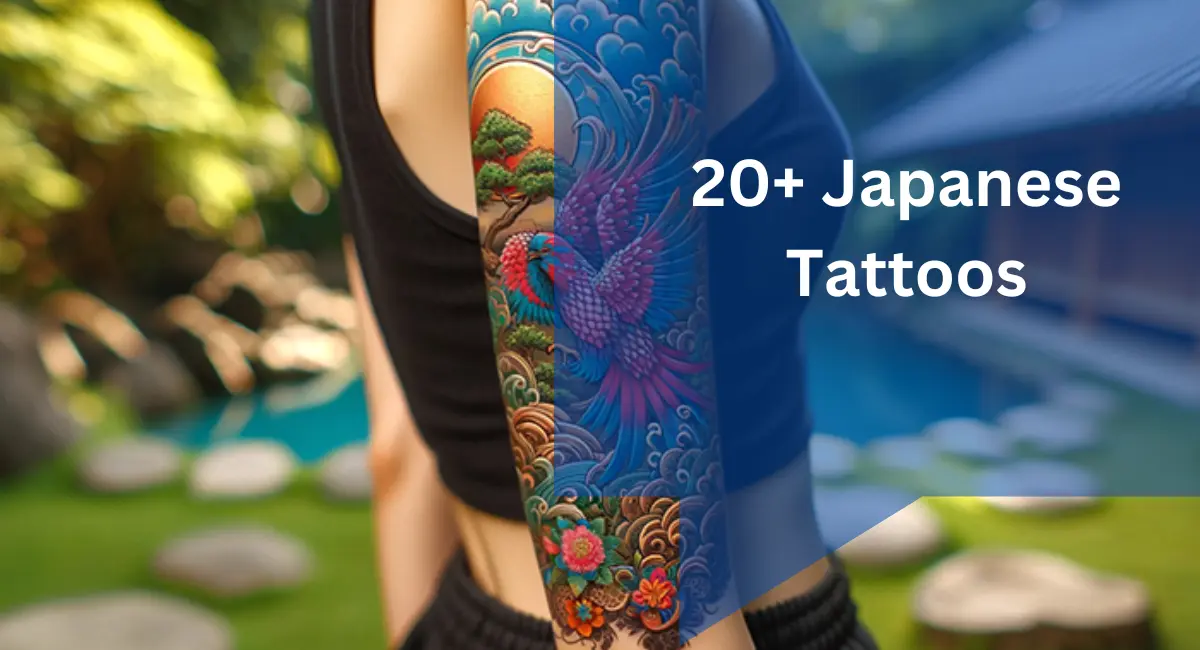Japanese tattoos, or irezumi, hold a unique and captivating position. More than just adornments, they represent a centuries-old tradition steeped in history, symbolism, and intricate artistry.
This article delves into the fascinating world of Japanese tattooing, exploring its rich history, the meticulous techniques employed, and the complex cultural significance it holds within Japanese society.
Unveiling the History of Irezumi
The origins of Japanese tattooing remain shrouded in some mystery, with estimations placing its emergence anywhere between the 3rd and 10th centuries AD. Early references to irezumi appear in historical texts, often depicting their use for identification purposes among criminals, firefighters, and outcast groups.
However, the art form began to evolve over the centuries, gaining popularity among various social classes during the Edo period (1603-1868). This era saw the flourishing of ukiyo-e, woodblock prints that depicted vibrant scenes of daily life and folklore.
These prints became a major source of inspiration for tattoo designs, featuring bold lines, vivid colors, and captivating imagery.
However, the Meiji Restoration in 1868 ushered in a period of modernization and Westernization in Japan. Irezumi was deemed uncivilized and associated with criminal elements, leading to its official prohibition.
This ban remained in effect for over 70 years, forcing the practice underground. Despite the challenges, this period also saw the emergence of irezumi-shi, dedicated tattoo artists who perfected their craft and preserved the traditions despite the legal obstacles.
Following the lifting of the ban in 1948, irezumi experienced a resurgence, albeit with a shift in its social perception. While still viewed with some social stigma in conservative circles, Japanese tattoos have gained wider acceptance in recent years, attracting growing international interest and admiration.
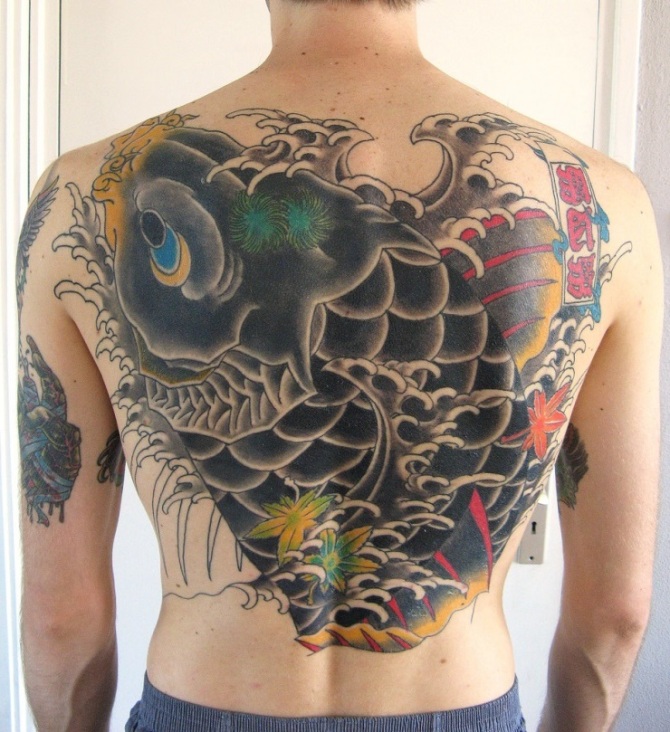
Unveiling the Techniques of Irezumi
Unlike many contemporary tattoo styles, the process of creating a traditional Japanese tattoo is an intricate and time-consuming journey. Here’s a glimpse into the key techniques employed by irezumi-shi:
- Tebori: This traditional hand-poking method utilizes a tebori, a specialized needle bundle, to meticulously deposit ink into the skin. The process is slow and requires immense skill and precision from the artist. Unlike modern tattoo machines, tebori allows for finer linework and subtle shading, resulting in a unique and distinctive style.
- Sumi: Traditional Japanese tattoo ink, known as sumi, is made from natural pigments, often derived from charcoal and plant-based ingredients. This ink produces a characteristic blue-black hue that ages gracefully over time.
- Kageboki: This shading technique utilizes different dilutions of sumi ink to create depth and dimension within the tattoo design.
The process of creating an irezumi is highly collaborative, with the client and artist engaging in extensive discussions about the desired design, symbolism, and placement.
The artist then meticulously crafts stencils and transfers them onto the skin before embarking on the painstaking process of hand-poking the design. Depending on the size and complexity of the tattoo, the process can span multiple sessions, taking weeks or even months to complete.
Unveiling the Cultural Significance of Irezumi
Beyond its artistic beauty, Japanese tattooing carries a deep cultural significance. Traditionally, specific motifs and patterns held symbolic meanings, reflecting the wearer’s social status, profession, or affiliation.
For example, koi fish symbolized perseverance, tigers represented strength and courage, and cherry blossoms embodied the fleeting nature of life.
Irezumi also held religious significance, with some designs serving as protection against evil spirits or marking one’s devotion to specific deities.
In certain regions of Japan, full-body suits, known as horimono, were worn by firefighters and laborers for both protection and intimidation.
While the social stigma surrounding irezumi has lessened in recent years, some societal reservations still exist. In certain work environments or traditional settings, visible tattoos may draw negative attention. These complexities highlight the evolving cultural landscape around irezumi in contemporary Japan.
The Future of Irezumi
The future of Japanese tattooing appears promising. While the tradition faces challenges, such as the aging population of irezumi-shi and the increasing popularity of modern tattoo techniques, there’s a growing appreciation for the art form’s beauty, historical significance, and cultural depth.
A new generation of talented artists is emerging, dedicated to preserving the traditional techniques while also incorporating contemporary influences and personal expressions.
Japanese Calligraphy Tattoo
Japanese Calligraphy Tattoos are intricate artworks that fuse the elegance of traditional Japanese brushwork with contemporary body art. Each stroke carries profound meaning, often reflecting concepts like courage, love, or harmony.
These tattoos epitomize cultural appreciation and personal expression, capturing the essence of Japanese aesthetics and symbolism with timeless grace.
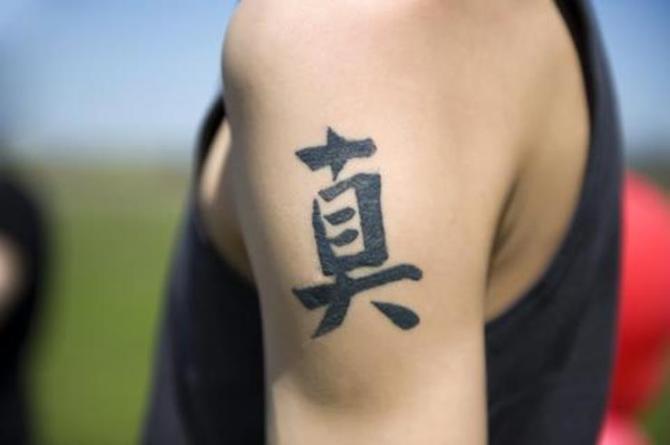
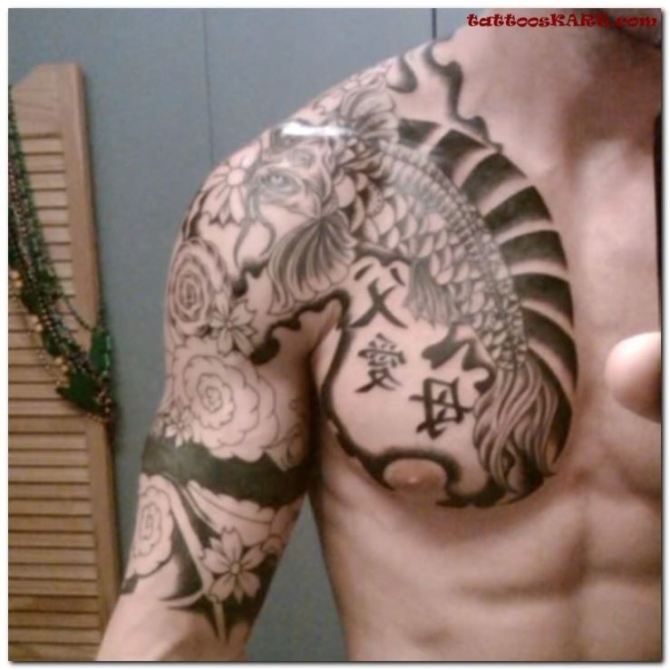
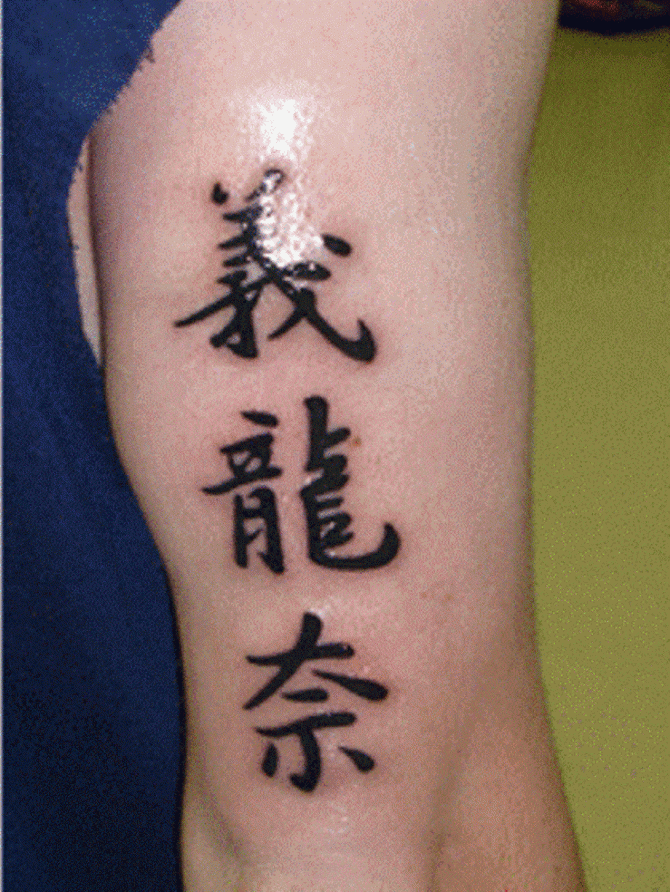
Japanese Koi Tattoo
Japanese Koi tattoos, inspired by the ornamental fish, embody resilience, determination, and transformation in Japanese culture. These intricate designs often depict Koi swimming upstream, symbolizing perseverance in the face of adversity.
Each color variation holds significance; for instance, a golden Koi represents wealth and prosperity, while a red Koi signifies love and passion.
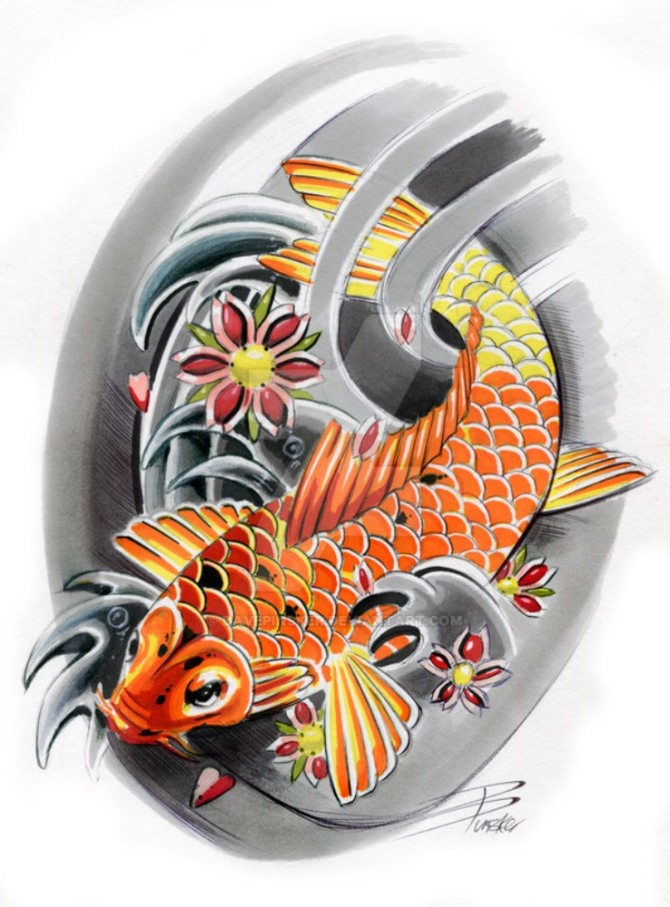
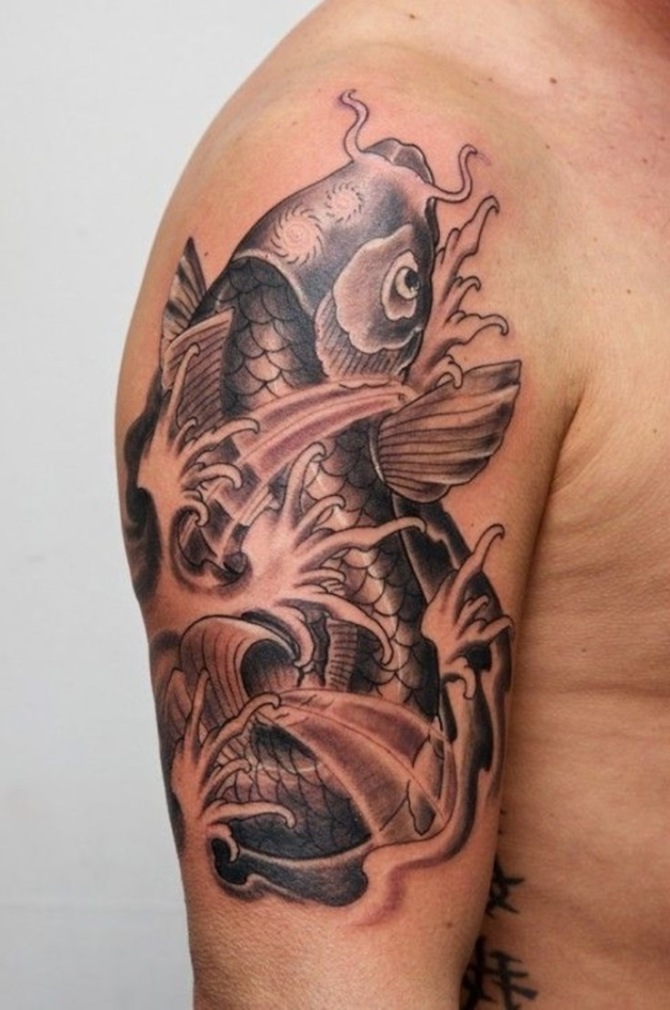
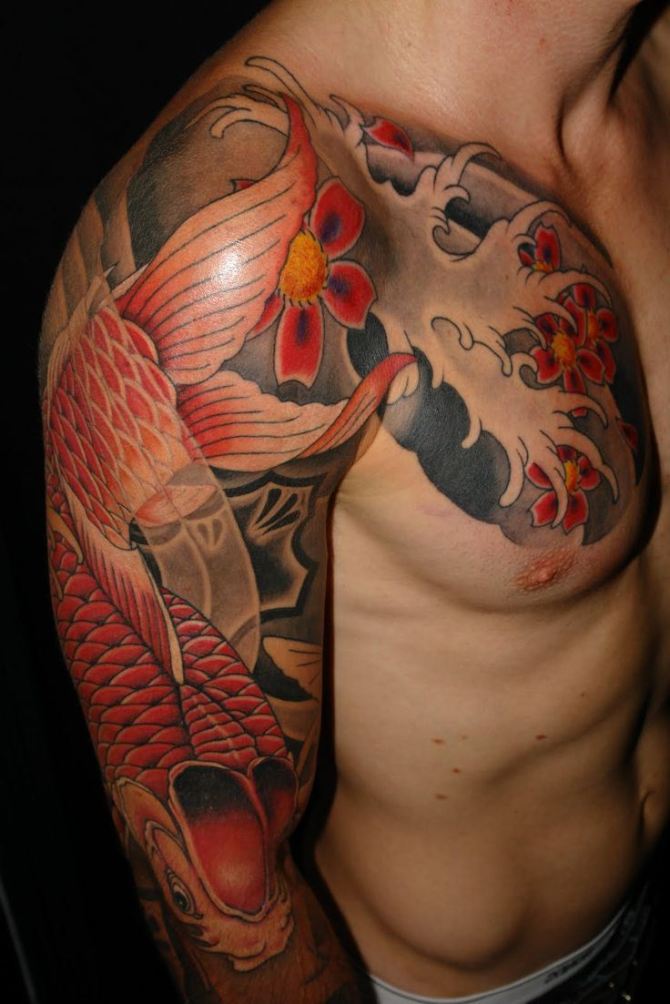
Japanese Dragon Tattoo
A Japanese Dragon Tattoo embodies profound cultural significance, symbolizing power, wisdom, and protection. Rooted in Japanese mythology and folklore, dragons are revered as benevolent forces, guardians of water, and bringers of good fortune.
Intricately designed, these tattoos often feature vibrant colors and dynamic compositions, reflecting the rich tapestry of Japanese artistry and tradition.
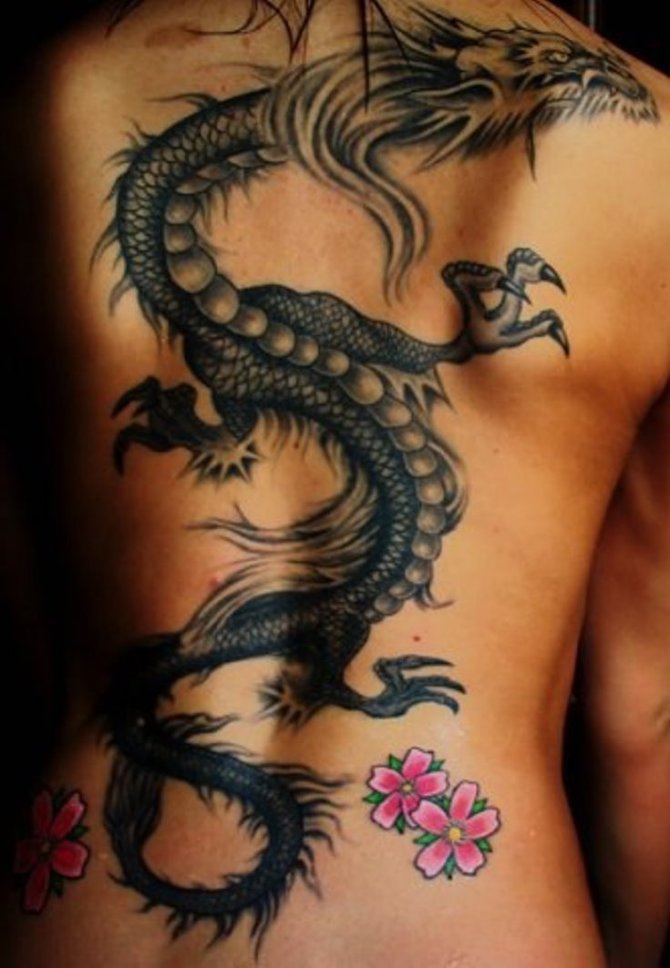
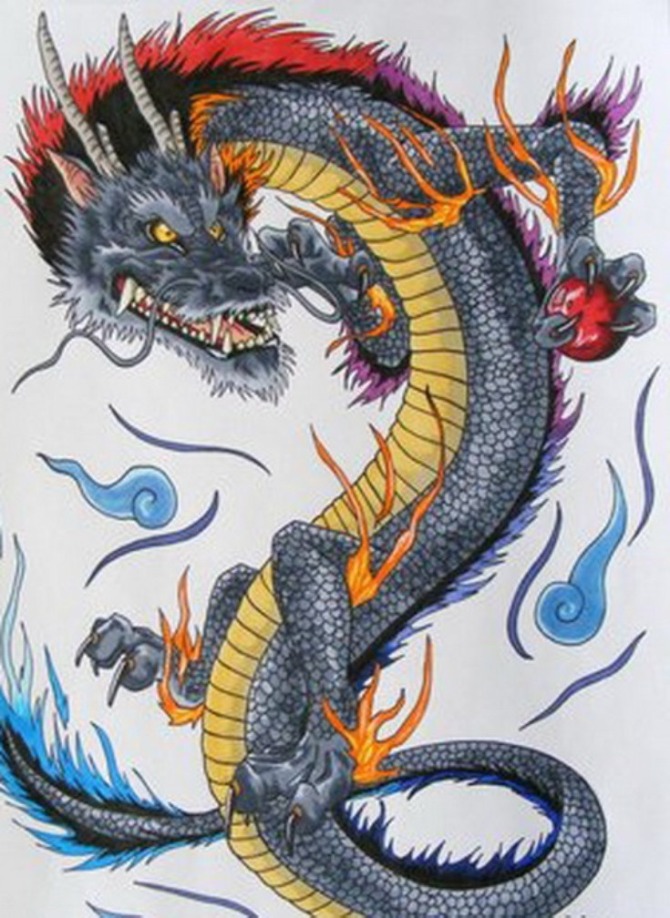
Japanese Flowers Tattoo
Japanese Flowers Tattoos, deeply rooted in Japanese culture, showcase the nation’s reverence for nature and beauty. Cherry blossoms symbolize transience and the fleeting nature of life, while lotus flowers represent purity and enlightenment.
Peonies embody prosperity and good fortune. Each bloom holds profound meaning, making Japanese flower tattoos a timeless expression of symbolism and aesthetic appeal.
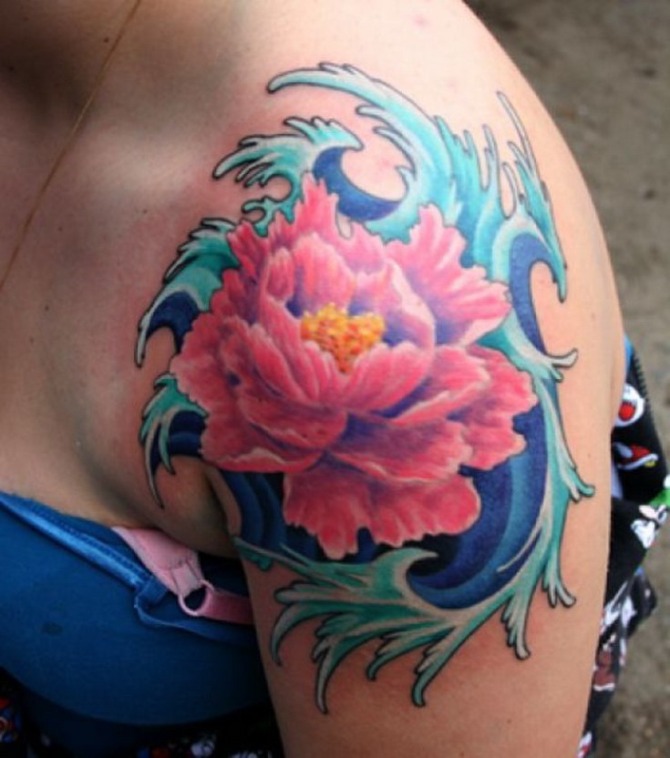
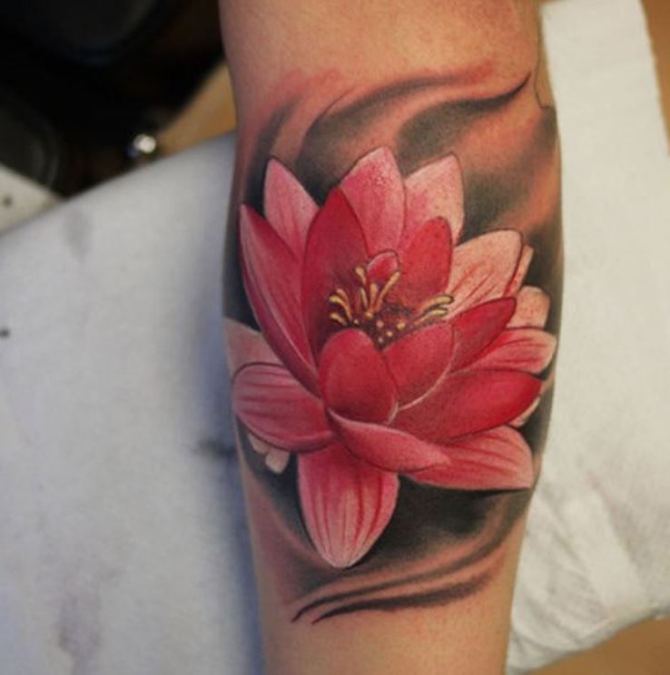
Japanese Full Leg Tattoo
A Japanese Full Leg Tattoo, known as “irezumi,” is a traditional art form rich in symbolism and cultural significance. It often depicts intricate motifs like dragons, koi fish, and cherry blossoms, conveying themes of strength, resilience, and natural beauty.
Each element is carefully crafted, reflecting the wearer’s personality and story while honoring Japan’s artistic heritage.
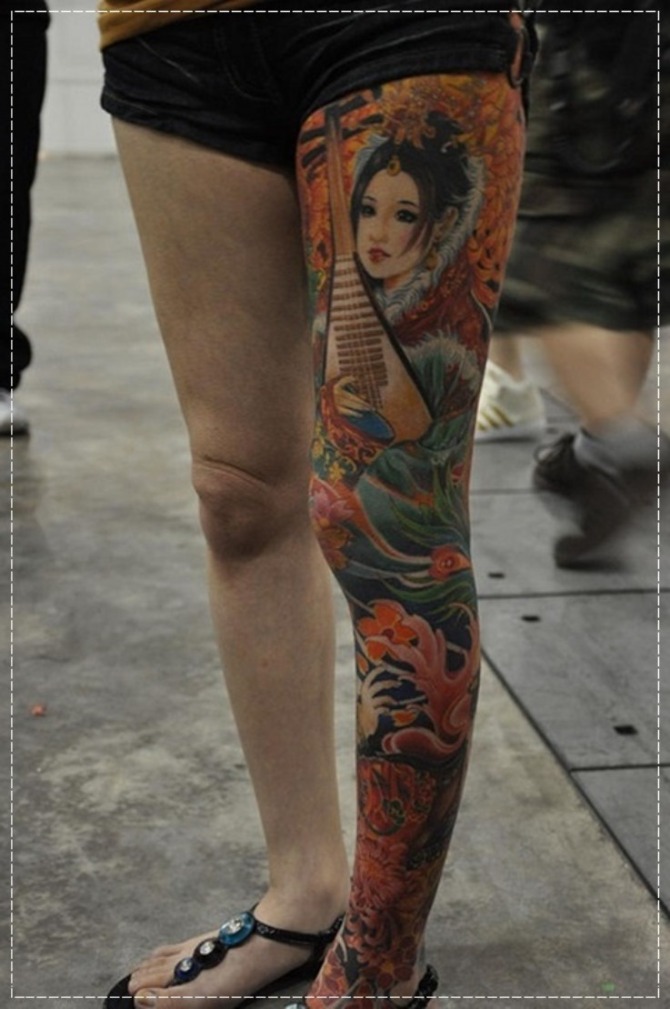
Japanese Tattoo House
The Japanese Tattoo House is a sanctuary where traditional Japanese tattooing techniques thrive. Steeped in rich cultural heritage, it’s a haven where skilled artisans meticulously craft intricate designs, often depicting mythical creatures like dragons and koi fish.
With a blend of history and artistry, it preserves the essence of Irezumi, embodying Japan’s timeless tattooing legacy.
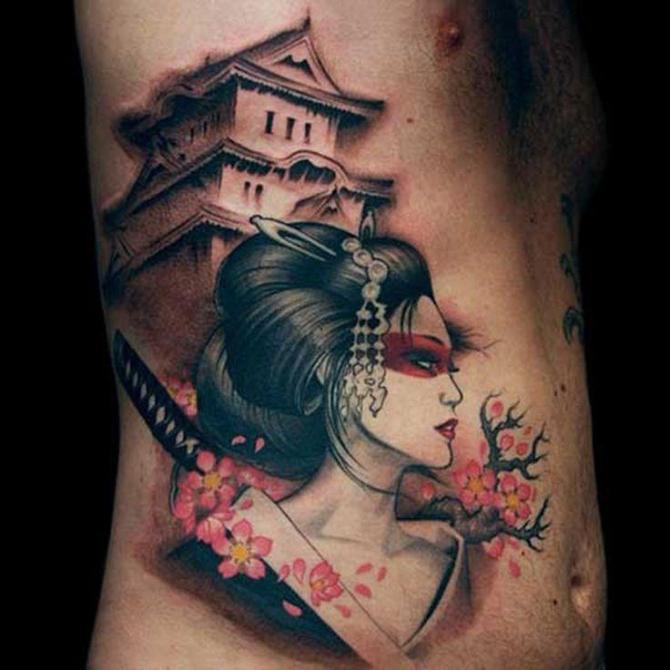
Japanese Oriental Tattoo
Japanese Oriental tattoos, deeply rooted in traditional Japanese culture, are revered for their intricate designs and symbolic meanings. These tattoos often feature motifs like koi fish, dragons, cherry blossoms, and samurai, representing strength, resilience, and spirituality.
With meticulous attention to detail, skilled artists blend artistry and tradition to create stunning masterpieces that honor Japanese heritage.
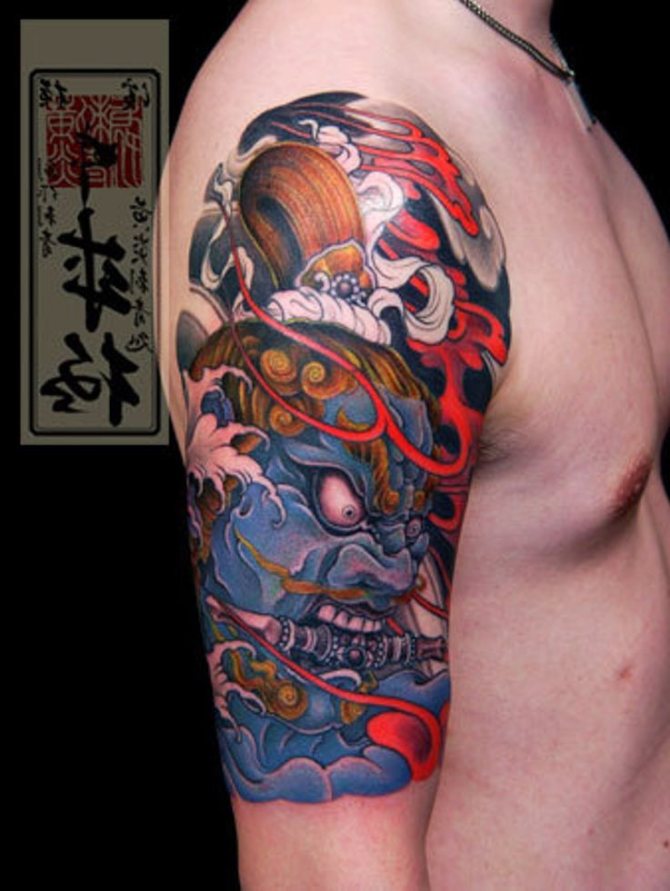
Japanese Sleeve Tattoo
Japanese sleeve tattoos are intricate works of art that cover the arm from shoulder to wrist, showcasing traditional Japanese motifs like dragons, koi fish, and cherry blossoms. Rooted in Japanese culture, these tattoos often tell stories of bravery, honor, and spirituality.
They require meticulous planning and skillful execution, reflecting a deep appreciation for Japanese aesthetics and symbolism.
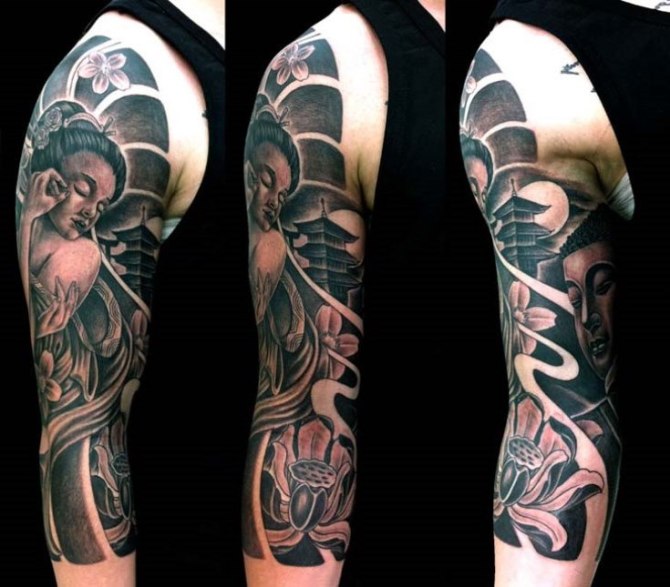
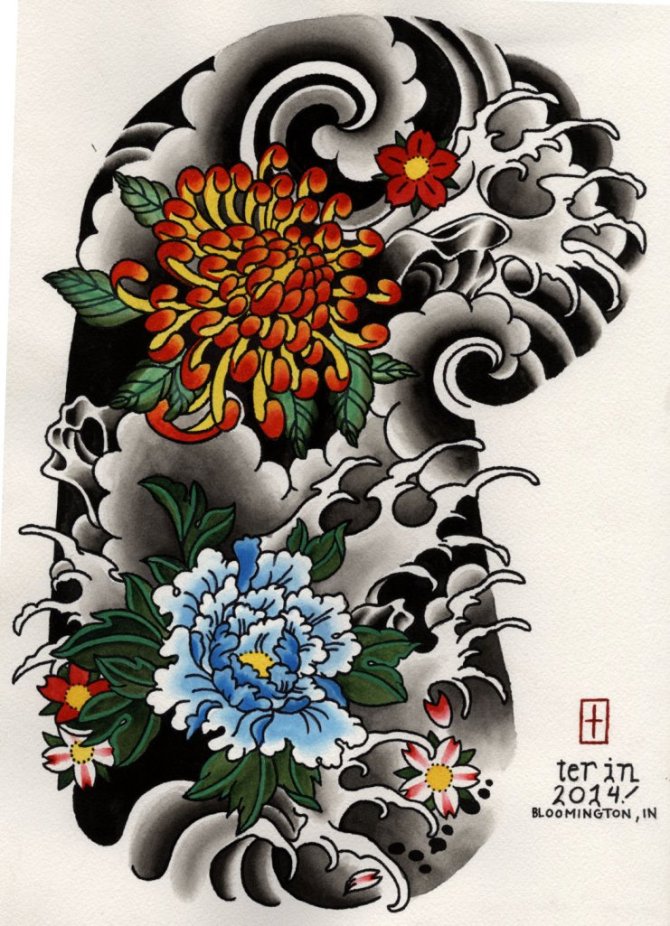
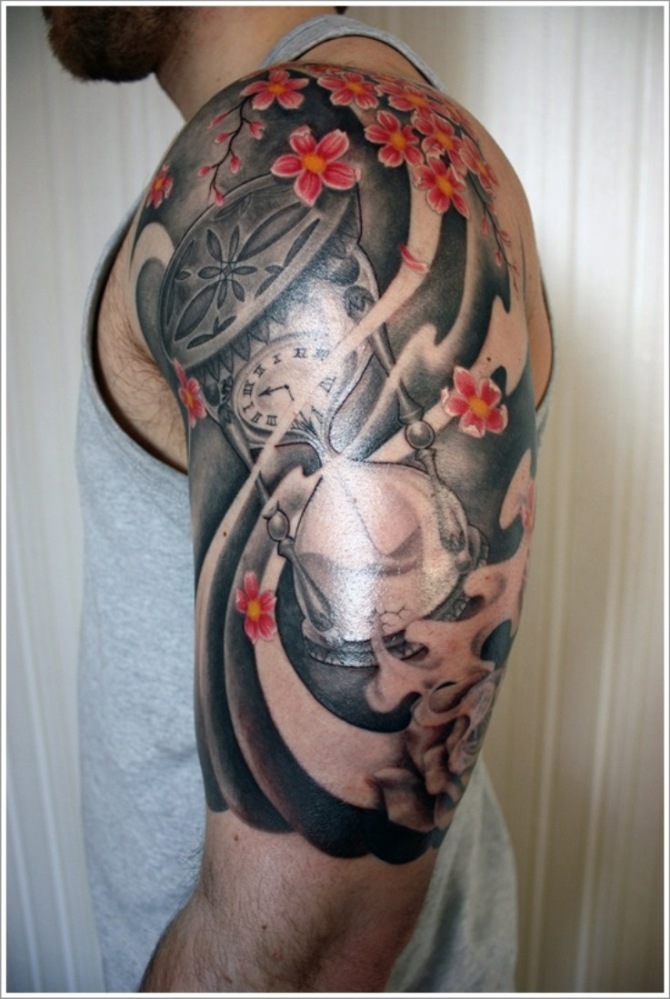
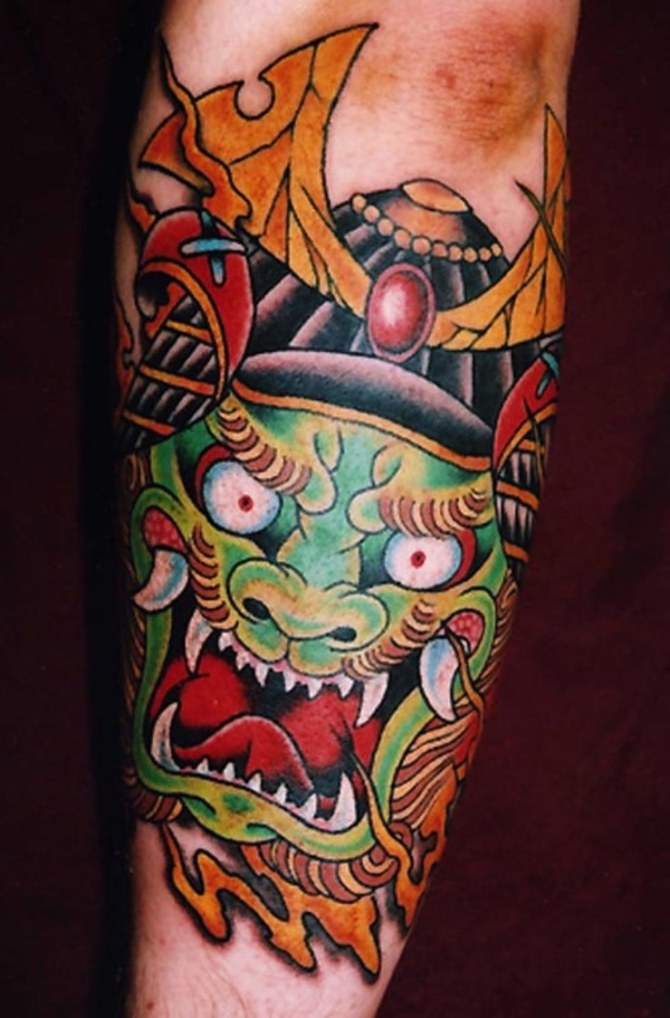
Japanese Snake Tattoo
Japanese Snake Tattoos, known as “hebi irezumi,” have deep cultural roots in Japan’s tattoo tradition, symbolizing strength, wisdom, and transformation. These intricate designs often depict snakes coiling around limbs or across the body, reflecting resilience and the shedding of the old for renewal.
In Japanese folklore, snakes are revered as protectors and guardians, adding layers of meaning to these captivating tattoos.
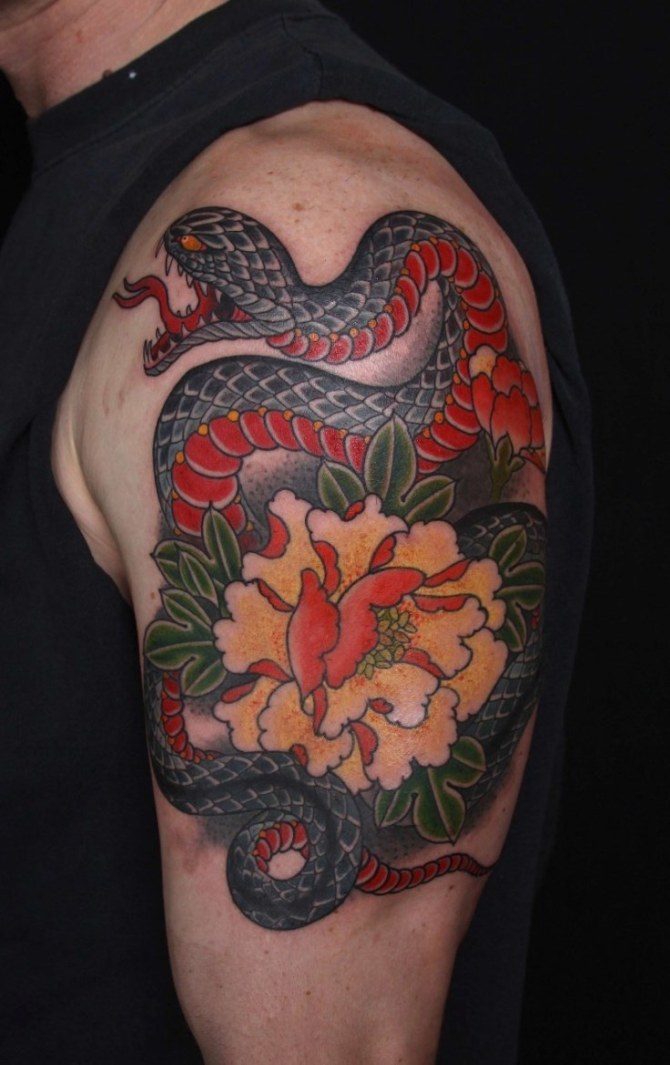
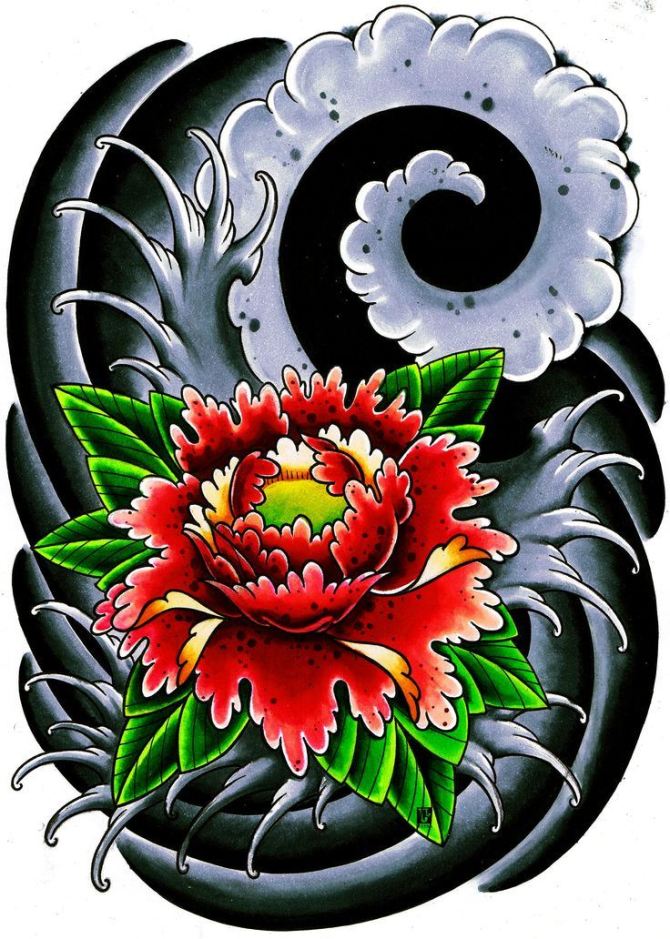
Traditional Japanese Tiger Tattoo
The Traditional Japanese Tiger Tattoo, known as “irezumi,” embodies power, courage, and protection. Rich in symbolism, it often portrays the tiger amidst waves or bamboo, representing strength and resilience.
Historically, these tattoos were worn by warriors as a talisman for luck and to instill fear in adversaries. Today, they remain revered for their intricate designs and cultural significance.
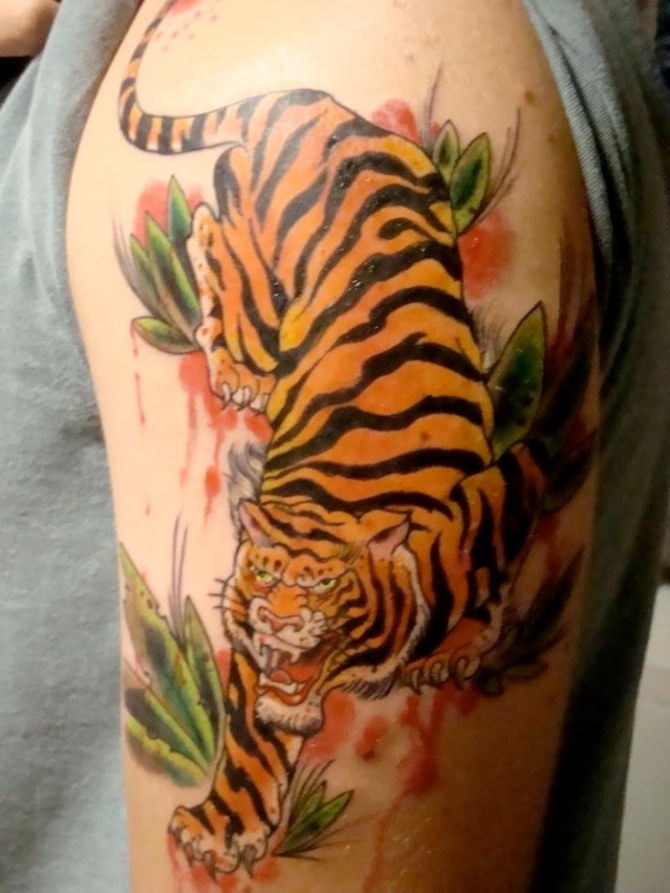
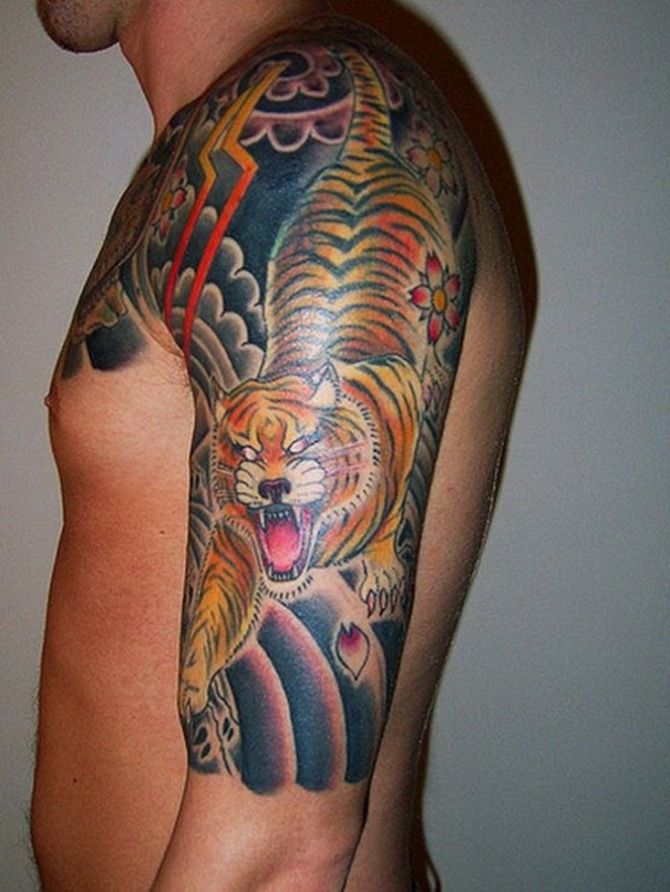
Tattoo Yakuza
Tattoo Yakuza, deeply rooted in Japanese culture, reflect not only a rich artistic tradition but also a complex underworld symbolism. These intricate designs, covering the body in a visual narrative, signify loyalty, honor, and belonging within the Yakuza crime syndicate.
However, societal perceptions have evolved, and today, these tattoos are appreciated for their artistic merit, transcending their criminal associations.
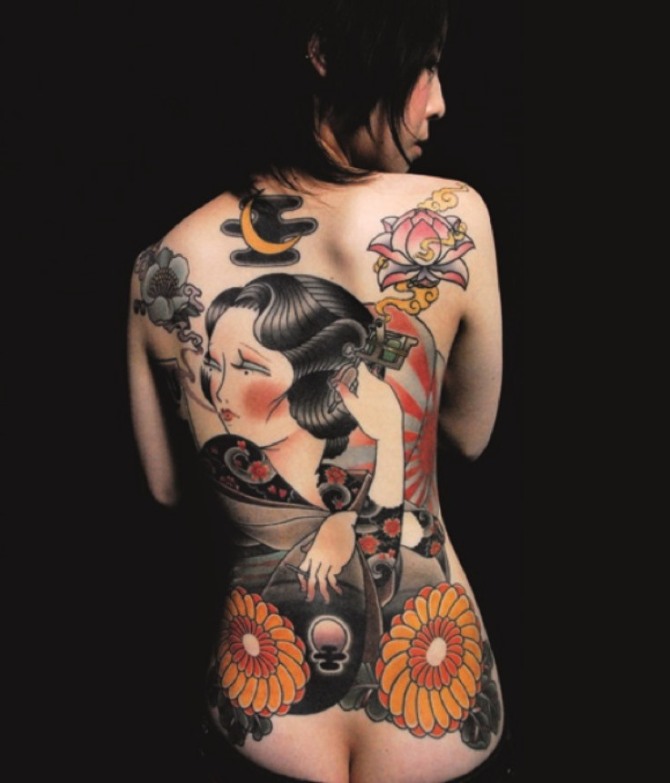
Conclusion
Japanese tattoos symbolize various themes such as strength, courage, protection, prosperity, and cultural heritage. They often convey personal or societal significance to the wearer.
To know more about tattoos and get inspired to ink , you may visit these blogs Hawaiian Tattoos , 40+ Waves Tattoos , 30 Key Tattoos , and 20+ Diamond Tattoos
Daniel Stewart is a renowned tattoo design expert With years of experience in the industry, Daniel is known for his creativity and attention to detail. Through this platform, he shares valuable insights, tips, and inspiration for both aspiring tattoo artists and enthusiasts. Daniel's expertise spans various styles, from intricate geometric patterns to vibrant watercolor designs. His dedication to personalized and meaningful tattoos sets him apart in the industry.
